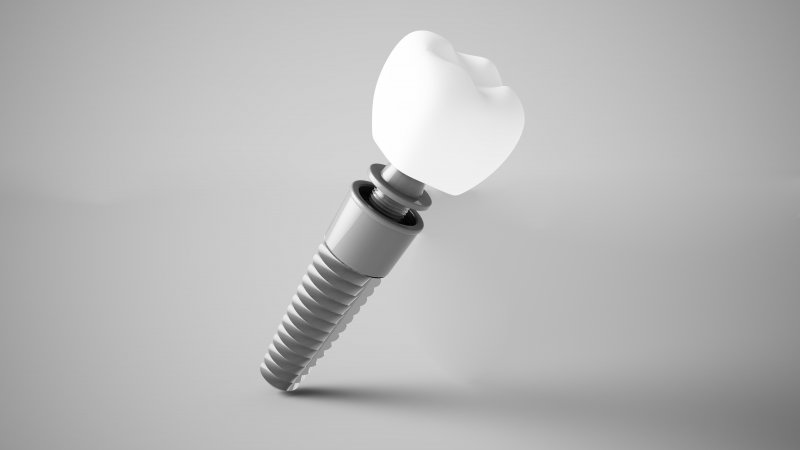
People have attempted to replace their lost teeth with some form of foreign material for thousands of years. While primitive dental implants were often made from objects like seashell shards or even animal teeth, there is evidence that they would sometimes successfully fuse with the jawbone. Dental implants have come a long way since then to evolve into lifelike restorations that work and feel just like real teeth. Here’s a brief overview of how dental implants have developed over the centuries.
Dental Implants: The Early Years
About 4,000 years ago, people in China carved bamboo into pieces that could be fixed on the jaw to work as dental replacements. Around 1,000 B.C., the Egyptians carved precious metals into pegs that would be placed into the jawbone to replace teeth. In some cases, these pegs were made from ivory or even rare gems like jade. On the other side of the world, Mayans used carved stones to create dental implants around 600 A.D.
The Rise of Modern Implants
The most significant development in the evolution of dental implants was the discovery that titanium alloy could directly bond with living bone structures through the natural process of osseointegration. This led to the creation of dental implants that could reliably fuse with the patient’s jawbone, giving them the sturdy foundation they need to function just like real teeth.
While the titanium implant posts of dental implants were smooth at first, discoveries in bone biology led to the understanding that bone structure grows more readily against rough surfaces. Dentists started using screw-like titanium posts with a rougher texture, reducing the time it took implants to fuse with jawbones from six months to six weeks.
Dental Implants Today
Today, dental implants are so comfortable that patients often forget that they are there and so beautifully lifelike that observers fail to distinguish them from the rest of the smile. The surgery used to place them is rendered painless by local anesthetics, and many patients report that the recovery period is much easier than that of tooth extractions. Unlike ancient dental implants, modern dental implants are sturdy enough to withstand the pressures of everyday chewing, allowing patients to enjoy any food they would like.
To make things even better, dental implants restore the exercise that the jawbone gets during the chewing process, which can prevent or reverse the process of bone loss and help a patient maintain a youthful profile.
Today, dentists consider dental implants to be the ideal form of tooth replacement. After a brief consultation, your dentist will be able to tell if this modern tooth replacement method is right for you.
About the Author
Dr. Maria Maiorino earned her dental doctorate at Temple University School of Dentistry and participates in continuing education coursework to stay abreast of the latest developments in her field. She is proud to count herself among the members of the American Dental Association, the New Jersey Dental Association, and the Seattle Study Club. Her office in Columbus, NJ, offers general, restorative, cosmetic, and emergency dentistry as well as dental implant services. To schedule your dental implant consultation, contact her online or call her office at (609) 324-9500.
